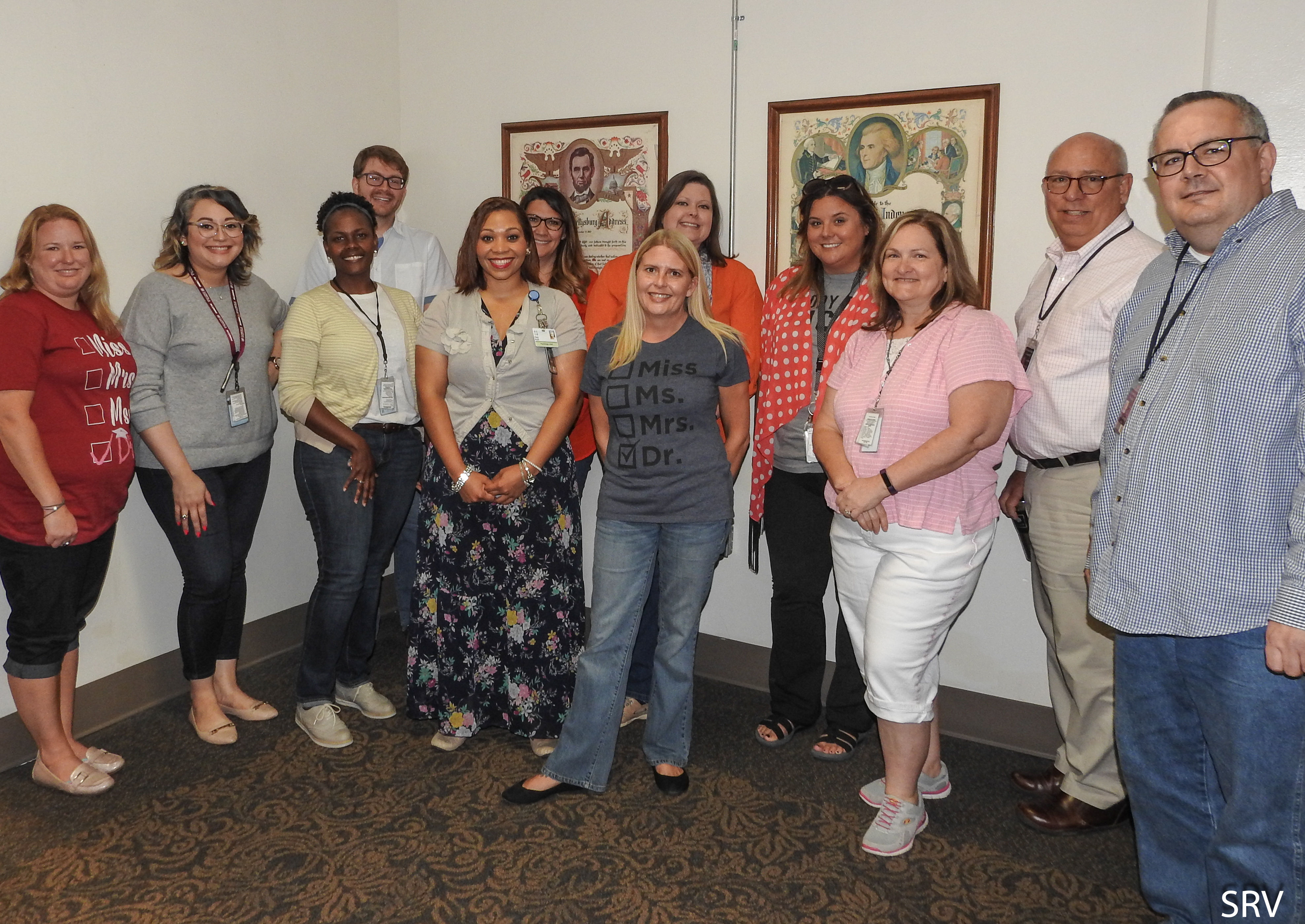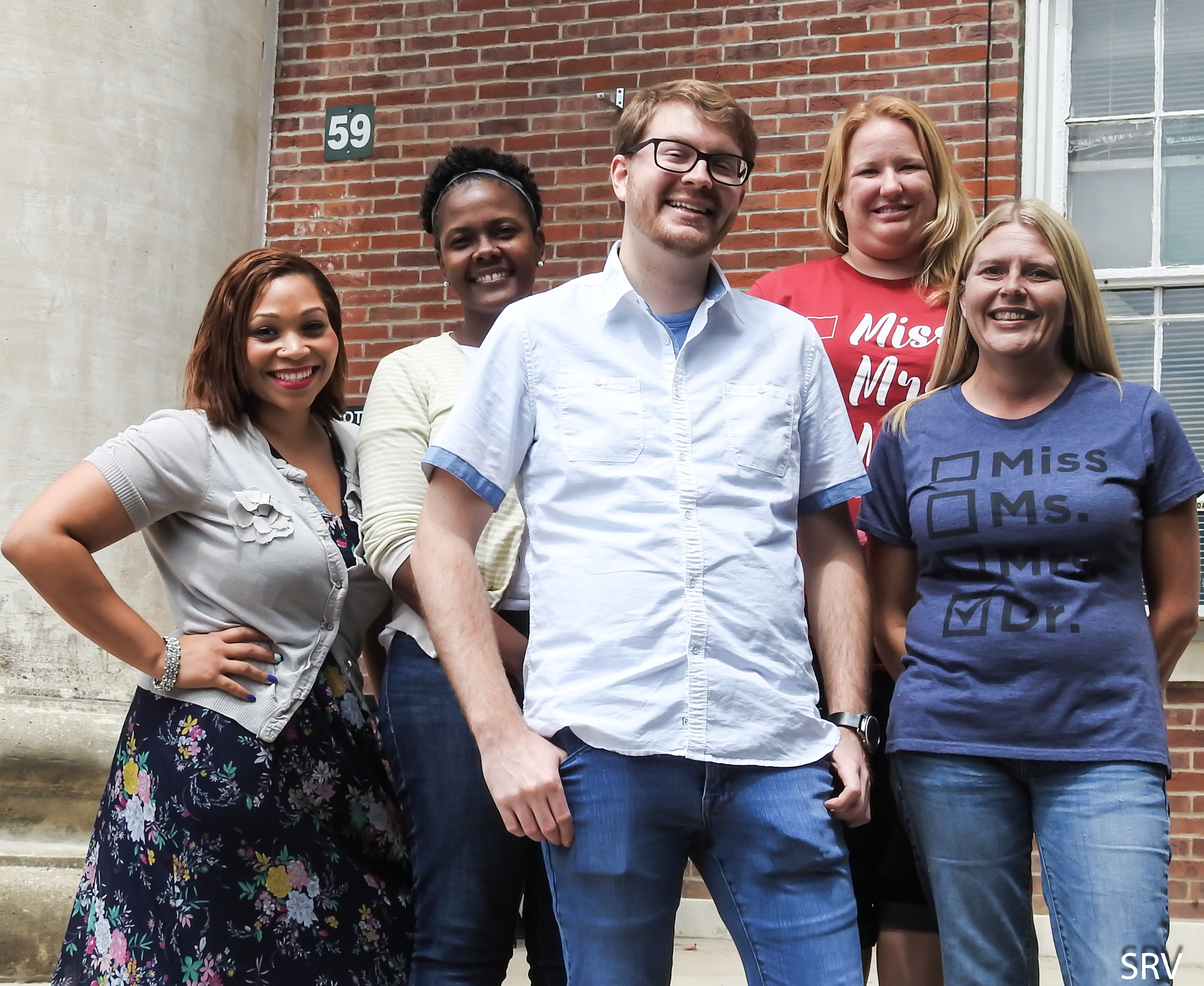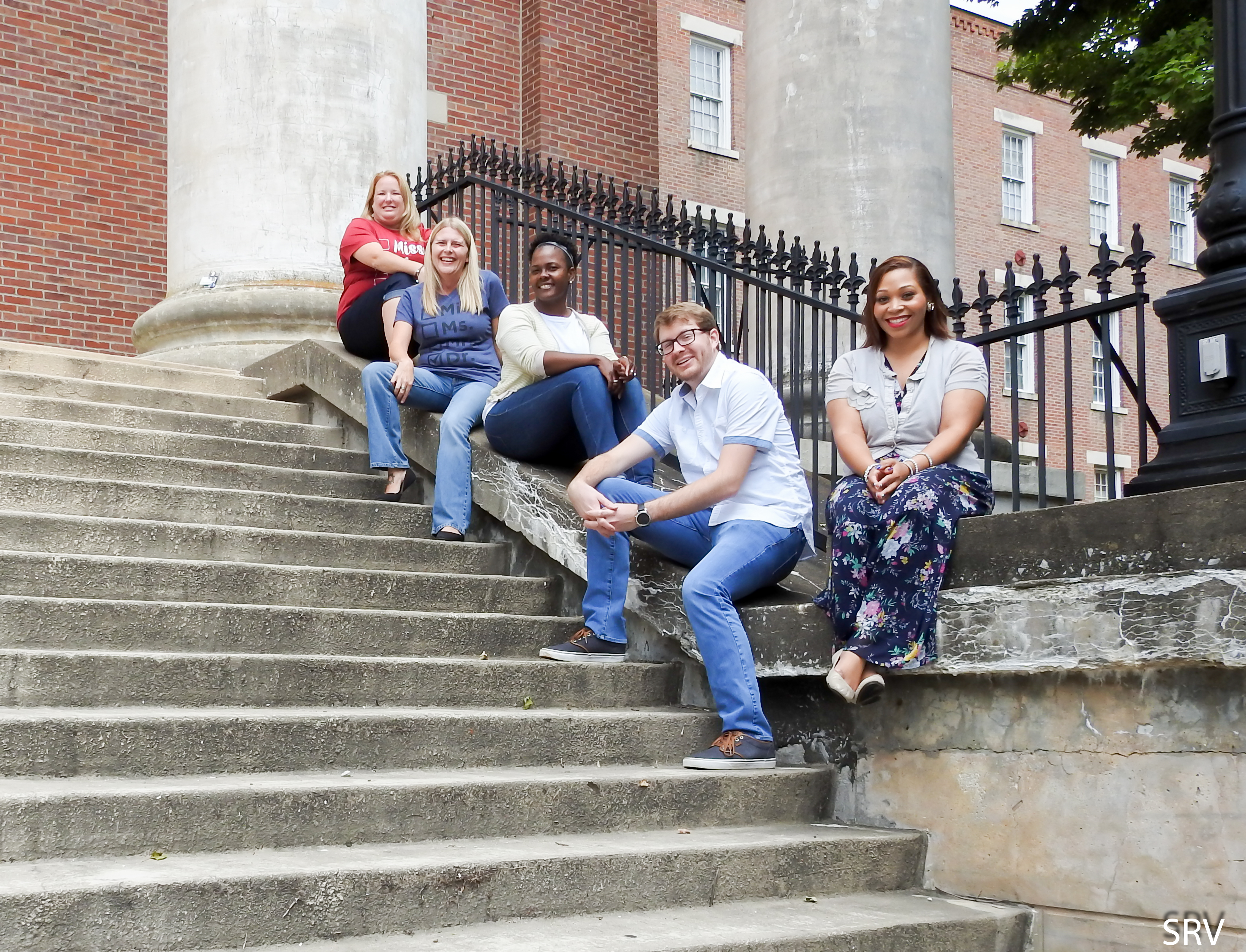There are full service engage company is to provide solution for employees needs training manage the entire HR department for companies. We offer comprehensive There are full service engage company is to provide solution for employee department for companies
Is social media is bad guy? Take a Look
There are full service engage company is to provide solution for employees needs training manage the entire HR department for companies. We offer comprehensive There are full service engage company is to provide solution for employee department for companies
How Taking Facebook Breaks Effects Stress and Wellbeing
There are full service engage company is to provide solution for employees needs training manage the entire HR department for companies. We offer comprehensive There are full service engage company is to provide solution for employee department for companies
Maybe you should talk to someone: A therapist
There are full service engage company is to provide solution for employees needs training manage the entire HR department for companies. We offer comprehensive There are full service engage company is to provide solution for employee department for companies
Farewell to the class of 2017-2018
The time has come again to say goodbye–sigh. But WKPIC knows its graduates will be awesome in whatever they undertake. Fair winds and following seas to these new psychologists. Here’s hoping they chart new waters and travel far!





